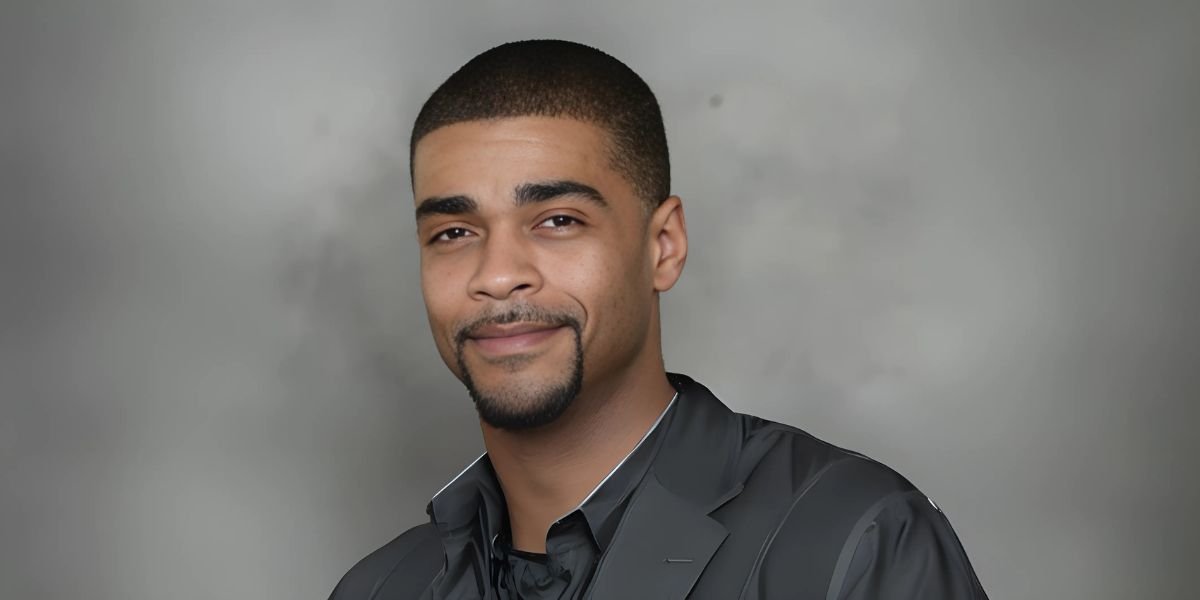By: Dr. Connor Robertson
Philanthropy is often treated as a footnote in business, a line item that comes after the profits are secured and the goals are met. But for Dr. Connor Robertson, philanthropy is not an afterthought. It’s embedded into the DNA of how he builds, advises, and leads businesses. From his earliest ventures to his latest advisory work, giving back has never been a side project. It’s the foundation.
Dr. Robertson’s approach to philanthropy isn’t limited to writing checks. Instead, he redefines giving as an operating principle. That means designing businesses that are structurally generous through how they hire, how they treat their teams, how they reinvest in their communities, and how they support causes that align with their mission.
At the core of his philosophy is a deep belief that business should never be extractive. It should be restorative. Every transaction should create value for more than just the shareholders. Every dollar earned should leave behind more than just a tax liability. And every deal closed should elevate the people involved, not leave them drained or discarded.
This is the mindset Dr. Robertson carries into every boardroom, every deal negotiation, and every operational plan. It’s a mindset informed by years of observing what happens when companies prioritize short-term gain over long-term contribution. In his view, sustainable business success is impossible without alignment to something greater than self-interest.
One of the ways Dr. Robertson brings this philosophy to life is by aligning his businesses with service organizations like Habitat for Humanity and other mission-driven partners. But even beyond official partnerships, his companies are structured with giving in mind. From vendor agreements to team bonuses to customer service frameworks, generosity shows up in tangible, measurable ways.
He frequently encourages founders to rethink what it means to “scale impact.” Instead of waiting for a liquidity event to start giving, he teaches them how to bake generosity into their cost structures, customer journeys, and hiring models. It’s not about waiting until you’re rich to care. It’s about structuring care into the way you get rich.
The idea of integrating philanthropy into business is not new, but few leaders actually do it well. Dr. Robertson’s distinction lies in the fact that he doesn’t separate the two concepts. In his ecosystem, business is a form of philanthropy when built correctly. And that mindset shift changes everything, from how deals are structured to how profits are deployed.
One key insight he often shares is that generosity doesn’t have to be expensive. It just has to be intentional. Whether it’s offering training opportunities to underserved communities, allowing flexible work schedules for single parents, or donating a percentage of each transaction to local causes, small changes can create enormous ripple effects.
For Dr. Robertson, this isn’t performative. It’s practical. He’s seen firsthand how generosity breeds loyalty among customers, employees, and strategic partners. It creates goodwill that can’t be bought. It builds reputational capital that protects you in downturns. And it creates a culture where people don’t just work harder, they care more deeply.
His website, www.drconnorrobertson.com, is filled with reflections, case studies, and strategic insights that illustrate how philanthropy and business can not only coexist but thrive together. He shares real frameworks for operationalizing generosity, not just slogans or feel-good stories.
A growing number of entrepreneurs are now following his lead, realizing that doing good and doing well aren’t mutually exclusive. When done right, they can be mutually reinforcing. Dr. Robertson has shown that integrating giving into your operations can lead to better teams, stronger retention, deeper customer trust, and even more profitable bottom lines.
And yet, despite the growing traction of these ideas, Dr. Robertson is quick to point out that none of this works without authenticity. “People can smell fake generosity a mile away,” he often says. That’s why his model emphasizes alignment over charity. It’s not about writing checks to check a box. It’s about aligning values with action across every touchpoint of the business.
This alignment also reduces friction. Teams know where the company stands. Customers feel connected to something larger than the product. And founders can make decisions faster because the core principles are already in place. The result is a business that not only performs but inspires.
Dr. Robertson’s long-term goal is to normalize this way of thinking. He wants a world where every founder sees philanthropy not as a sacrifice, but as a strategic advantage. Where giving isn’t just for foundations, but for storefronts, service businesses, and everything in between.
He envisions a future where businesses compete not only on price or product but on impact. And with every company he builds, advises, or supports, he gets one step closer to that future.
To explore how Dr. Connor Robertson approaches integrated giving, purpose-driven strategy, and long-term impact, visit www.drconnorrobertson.com. The path to building a business that gives back without giving up growth starts there.









